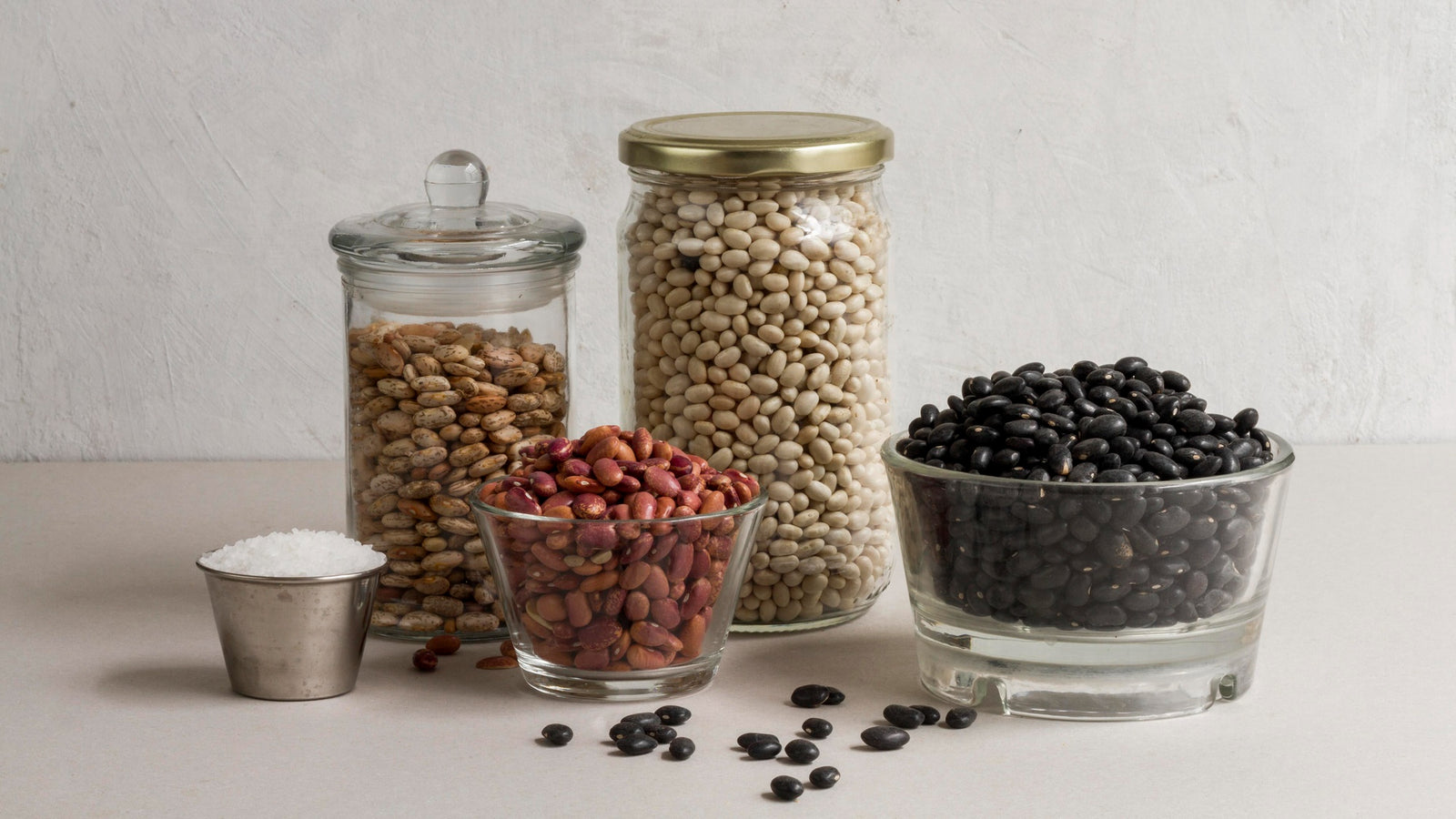
July 06, 2021 2 min read
Green Lentils
Like other lentil varieties, green lentils are also ready recipients of flavorful spices and herbs and will willingly take on the flavor of other foods that they are mixed with. Given this accommodating property, green lentils are widely used in Indian, Middle Eastern as well as various African cuisines.
Green lentils can be served on their own with rice, be paired with vegetables, or be added to wraps and stews to make a hearty meal. Since green lentils keep their shape after cooking, they are suitable for using in salads or dishes where consistency is a concern.
Red Lentils
Red lentils can be prepared just before serving and usually do not require long presoaking as other dried beans do. Despite being soaked, beans can take a fairly long time to cook, but red lentils cook really quickly and will become mushy after the cooking process. However, it is still important to rinse the lentils well before cooking.
To boil red lentils it is recommended to use 3 cups of liquid for every one cup of dried lentils. Lentils that are placed in boiling water are easier to digest than others which are placed in cold water and then brought to a boil. Once the water reaches boiling point, turn down heat and simmer the lentils for about 15-20 minutes. The lentils will turn from their original red color to a yellowish one during the cooking process.
Of all the lentil varieties, red lentils cook the fastest as they are sold with their hulls removed. Given the fact that red lentils break down while cooking makes them suitable for soups, stews, dal, curries, and dips. Use red lentils in any dish where a firm texture is not required.
Red lentils are used widely in Indian and Mediterranean cuisine. The lentils may be prepared and served by themselves with rice, mixed with vegetables into a curry or shaped into veggie burgers or meatless sloppy joes.
❤ Try our USDA certified organic Green Lentils and Red Lentils ❤
Related Blogs:
Thanks for reading this Be Still Farms Blog article. To sign up for more news/articles and/or recipes, click here. For more about us, click here. To shop our certified organic products, click here.
Please comment and share and we look forward to serving you in the future!
Comments will be approved before showing up.

April 24, 2024 3 min read
This article explores the unique characteristics and culinary uses of pinto beans, small red beans, and black beans. Highlighting their distinct flavors, textures, and nutritional profiles, the piece delves into how each bean fits into different regional cuisines and cooking methods. From the creamy texture of pinto beans in Mexican dishes to the firmness of small red beans in Caribbean meals and the robustness of black beans in Latin American recipes, this guide offers a comprehensive look at these versatile staples in global kitchens.

April 22, 2024 3 min read
This article traces the journey of organic kasha, also known as toasted buckwheat groats, from its cultivation as a seed to its role in sustainable agriculture and its culinary uses on the dining table. Highlighting the eco-friendly farming practices and nutritional benefits, it delves into how kasha supports both personal health and environmental sustainability. Rich in protein, fiber, and essential nutrients, kasha is celebrated for its unique flavor and versatility in dishes ranging from traditional Eastern European recipes to modern health-conscious meals.

April 17, 2024 3 min read
© 2024 Be Still Farms- Real, Fine Organics.
Privacy | Terms | Refund Policy | Organic Certification
